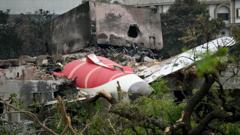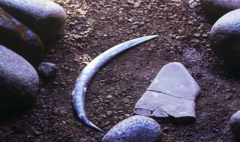The discovery of a Roman basilica, believed to be the heart of ancient London, highlights the city’s rich historical tapestry and raises intriguing questions about its past governance and public life.**
Ancient Roman Basilica Uncovered in London's Financial District**

Ancient Roman Basilica Uncovered in London's Financial District**
Archaeologists reveal the remnants of a 2,000-year-old basilica, the city's first public building, beneath a commercial site.**
Archaeologists have made a remarkable discovery beneath a commercial building in London’s financial district, revealing the foundations of what is believed to be the city’s first public building, a Roman basilica dating back approximately 2,000 years. This basilica was once integral to Roman London, identified as the center of administrative activity and community gatherings.
The excavation, initiated under the basement of a commercial structure before its planned demolition for a new 32-story mixed-use tower, led to the discovery of “massive foundations and walls composed of flint, ragstone, and Roman tile,” according to the Museum of London Archaeology. The team completed their investigation recently, having first unearthed the remnants last summer.
Sophie Jackson, a director at the Museum of London Archaeology, highlighted the basilica's significance as the first town hall, declaring it the cornerstone of the public forum in Roman times. The extensive foundations unearthed were found to extend over 33 feet in length, three feet in width, and 13 feet in depth, indicating the structure was likely three stories high and strategically located on a hill.
Archaeologists speculate that the basilica housed an area known as a tribunal, where dignitaries or magistrates presided over civic matters. This area would have served as a platform for making important judicial and governmental decisions, showcasing a complex administrative system that may have governed the city's early populace.
The unearthing of these ancient remains not only sheds light on the architectural prowess of Roman society but also opens up new discussions about urban development and the preservation of historical sites amid modern advancements.






















